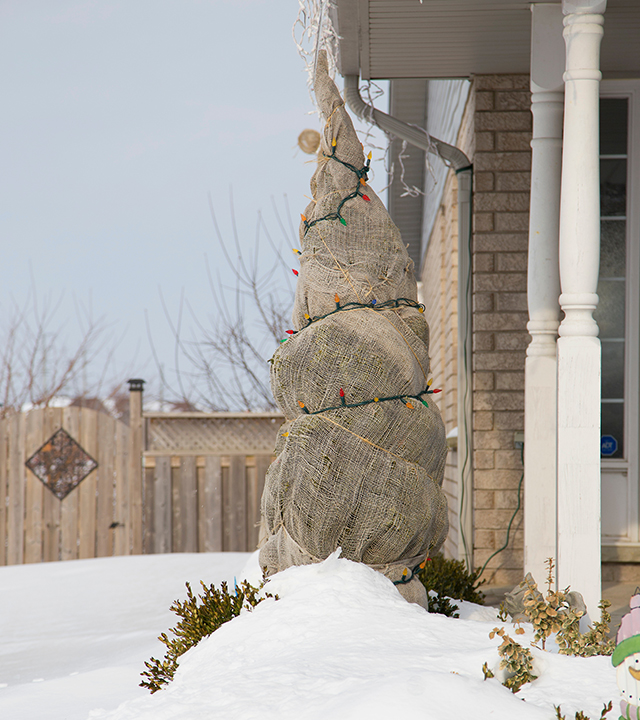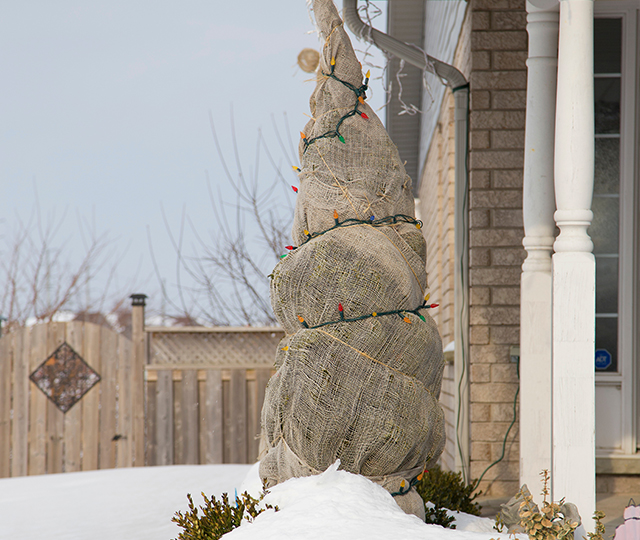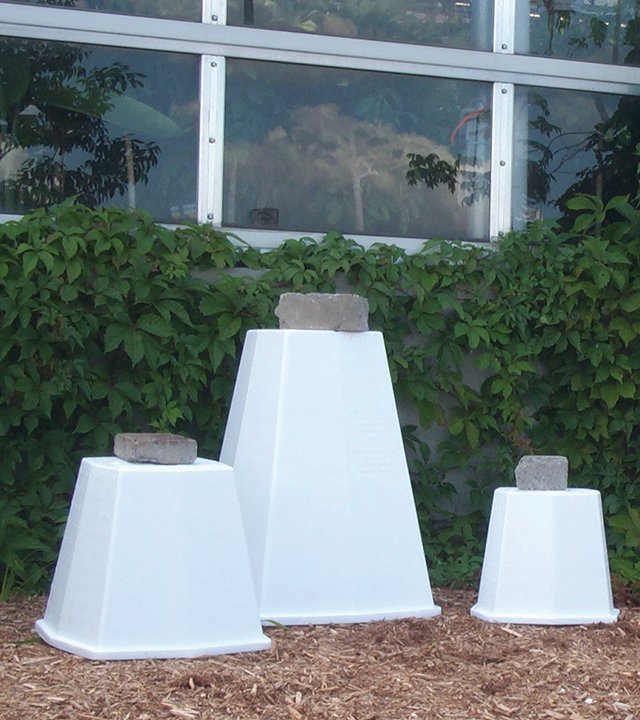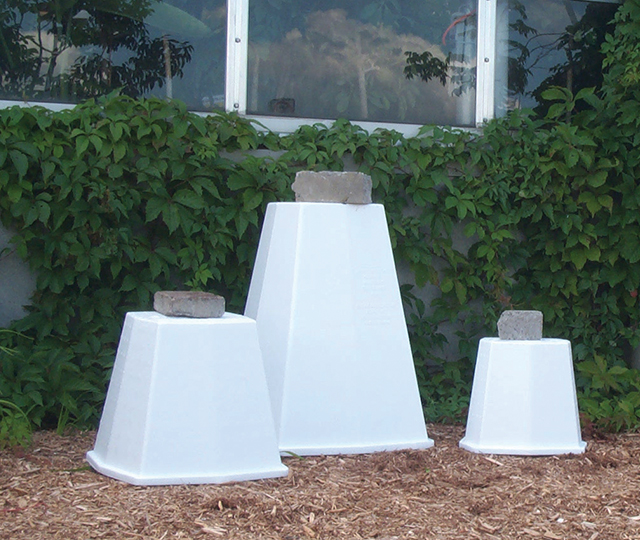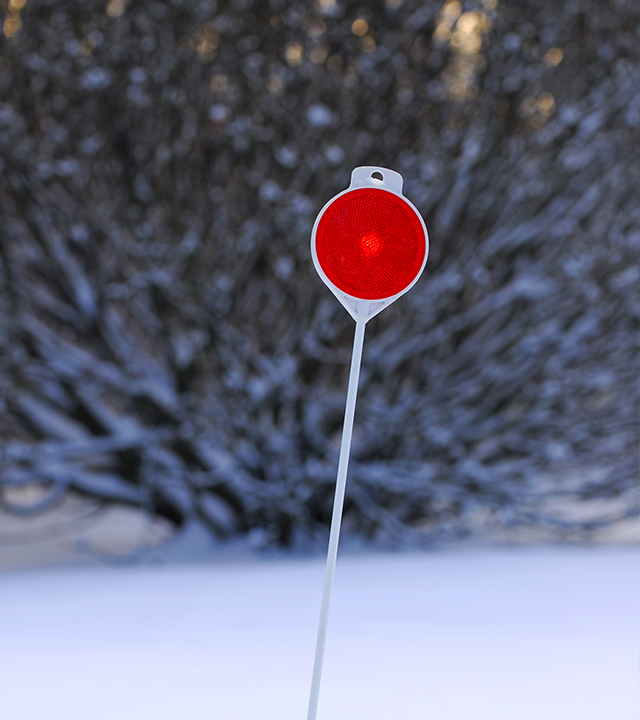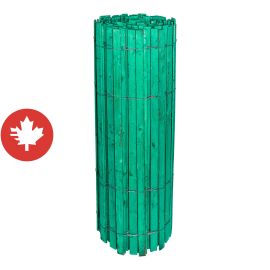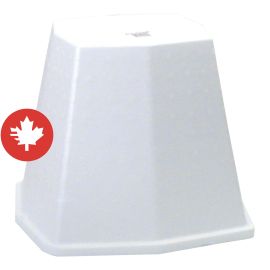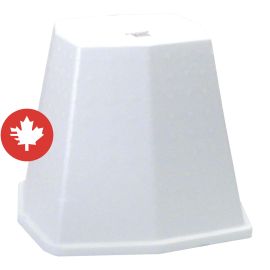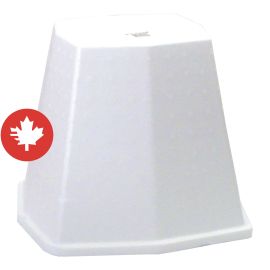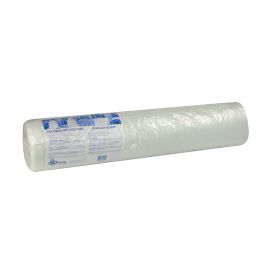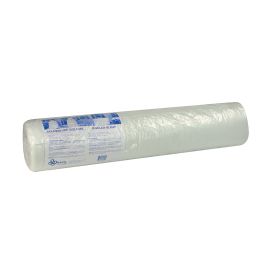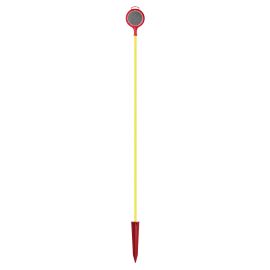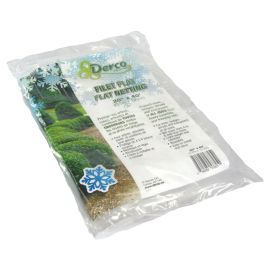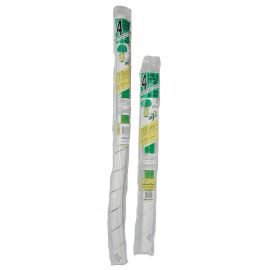Temperatures are dropping, and fall is just around the corner. That means it’s time to think about protecting your plants from the harsh conditions of winter. But where to begin? Which plants need to be covered for winter? And what about lawns? Here’s everything you need to know to get your plants through the season unscathed.
Which plants need winter protection?
In Canada, any plants used in landscaping will adapt to the changing weather that characterizes our four seasons. However, certain plants take more time to adjust and may need help along the way. Gardeners should protect any recently planted vegetation, as well as any that may be exposed to strong winds, de-icing salts, snow banks or falling snow, to prevent damage.
Other than that, outdoor plants should be strong enough to withstand all the harsh weather conditions characteristic of our winters. If they are not, then they may simply be planted in the wrong place or otherwise not getting the conditions they need to grow and adapt to their environment.
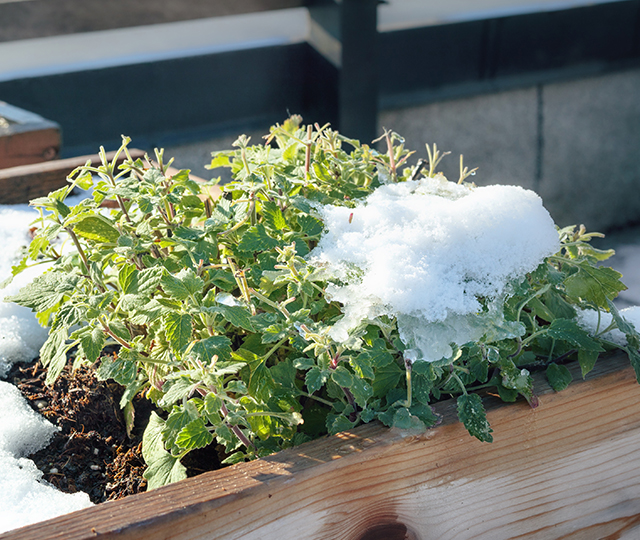

Snow: The perfect winter blanket for your plants
Fluffy, non-compacted snow is the ideal insulator for plants. As it builds up slowly over the weeks, it covers the root system and provides a buffer from extreme cold.
For added protection, you can also mulch the soil of more fragile plants before the first snow. To do this, spread shredded dead leaves or mulch around the plant’s base. For trees, leave a bit of space around the trunk. In addition to insulating the roots, they will add organic matter to the soil as the mulch decomposes.
How to Protect Trees and Shrubs from Winter
You can protect trees and shrubs from losing limbs to built-up snow and ice using a variety of products. Flat netting can be used to wrap a standalone tree. This prevents individual branches from being pulled apart or breaking.
For a more heavy-duty option, wood snow fences can protect trees and shrubs from being hit with snow from your snowblower. For example, they are a good way to protect cedar hedges planted along your driveway.
If your plants need even more protection, you can attach a burlap wrap or insulating blanket to your snow fence. However, make sure the fabric isn’t touching any evergreen foliage, as this can cause damage due to moisture build-up.
For quick and easy installation, you can find ready-to-use winter protection kits. They come pre-assembled with stakes included and can be reused year after year. This makes them a simple and eco-friendly option!
Protecting small plants
Styrofoam cones are great for protecting small plants with fragile structures that could easily be damaged by the weight of snow or ice. They are available in different sizes and should be installed late in the fall and removed early in the spring. Make sure they have small holes so that your plant still gets some airflow.
Protecting trees from rodent damage
To keep rodents off your prized trees, all you need is a spiral tree guard, a piece of flexible plastic that wraps around your tree’s trunk and prevents animals from snacking on the bark. For best results, make sure the guard is placed high enough to still protect your tree when the snow has piled up.
Covering your lawn for winter
You don’t need to cover your entire lawn, just certain key areas. Your lawn is mainly at risk of damage from the use of abrasives, such as salt and sand. Any parts of your lawn where abrasives may build up over the season should be protected with a lawn cover. To prevent overheating, put your lawn cover on in late fall and take it off in early spring.
Mark where your plants are under the snow
Our last tip for preventing damage to your plants in winter is to put up driveway markers so that you can always find your beauties, even when they are deep beneath the snow. This way, you can prevent them from being buried under snow banks or trampled by playing children. It’s easy to do and particularly helpful for plants growing along walkways or near windows.
When should you install winter protection?
Other than stakes, which should be driven in before first frost, winter protection should be installed as late as possible to avoid overheating your plants. They still need airflow, so don’t wrap anything too tightly. In the spring, remove all covers as soon as the ground begins to thaw, so that the plants are uncovered before they start budding.
Ideally, you should remove plant covers on a warm but cloudy day.
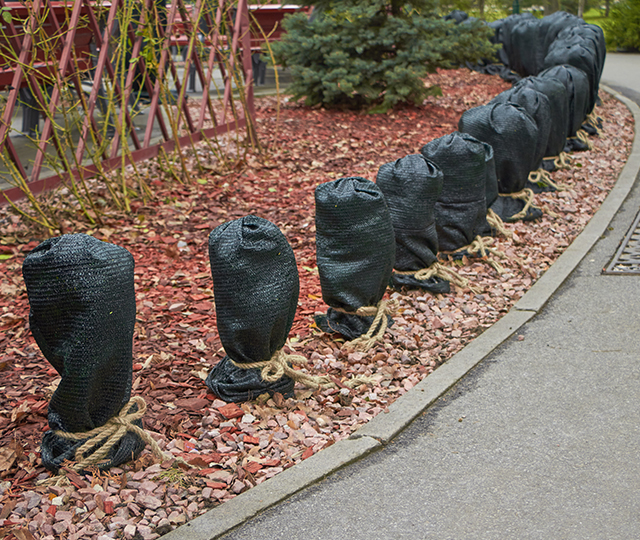

Need more tips to get your plants ready for the cold winter months?
Check out our article before winter arrives to plant, divide and care for your perennials this fall.
Frequently asked questions: Protecting your plants and lawn for winter
Last update: October 2025
Plant protection essentials
Shop by type of protection
The information in this article is presented for information purposes only and may not be applicable in certain situations or specific factors. If in doubt, contact your local BMR horticultural expert.
